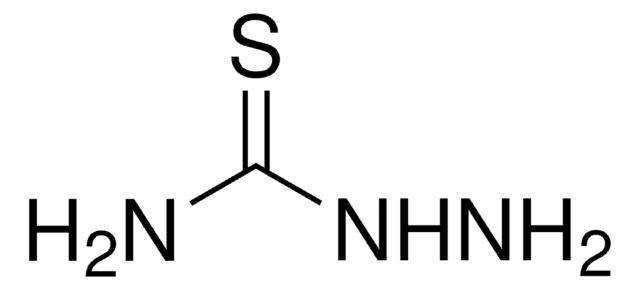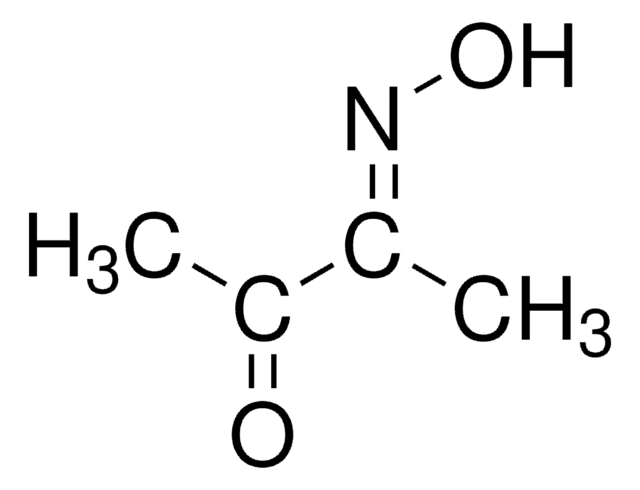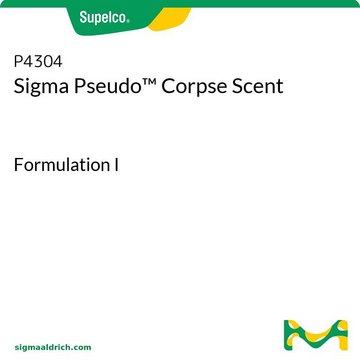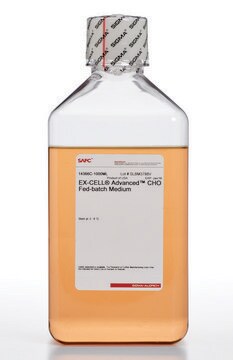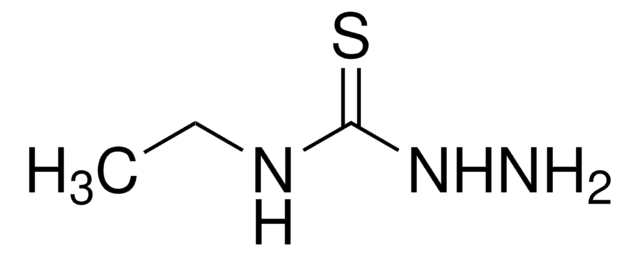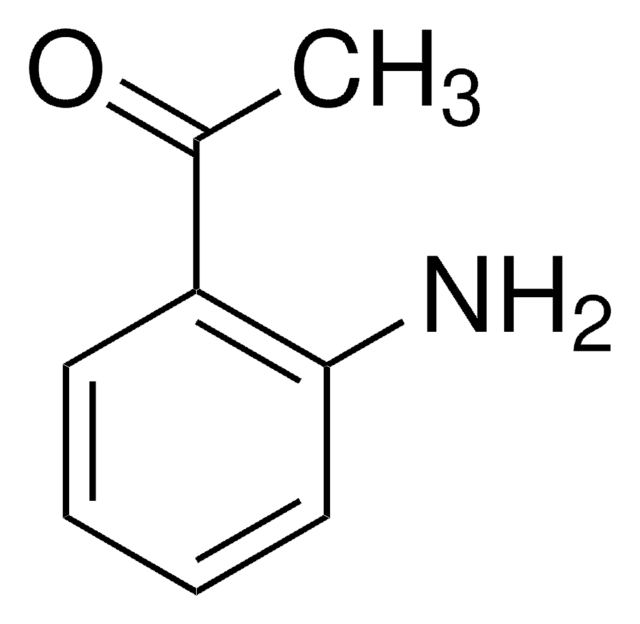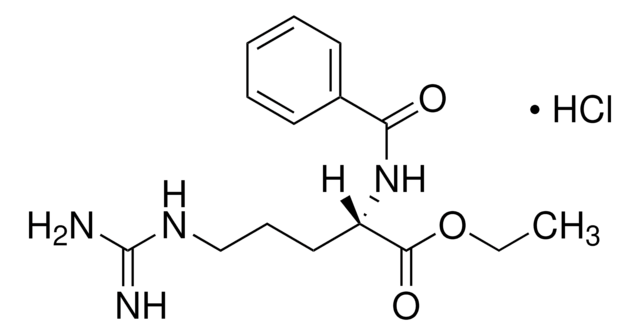Wichtige Dokumente
89050
Thiosemicarbazid
puriss. p.a., 98%
Synonym(e):
Thiocarbamoylhydrazid
About This Item
Empfohlene Produkte
Qualität
puriss. p.a.
Qualitätsniveau
Assay
98%
Form
crystals
Glührückstand
≤0.08% (as SO4)
mp (Schmelzpunkt)
180-183 °C (dec.) (lit.)
Anionenspuren
sulfate (SO42-): ≤100 mg/kg
Kationenspuren
Ca: ≤50 mg/kg
Cd: ≤5 mg/kg
Co: ≤5 mg/kg
Cr: ≤5 mg/kg
Cu: ≤5 mg/kg
K: ≤50 mg/kg
Mg: ≤5 mg/kg
Mn: ≤5 mg/kg
Na: ≤50 mg/kg
Ni: ≤5 mg/kg
Pb: ≤5 mg/kg
Zn: ≤5 mg/kg
Funktionelle Gruppe
amine
hydrazine
thiourea
SMILES String
NNC(N)=S
InChI
1S/CH5N3S/c2-1(5)4-3/h3H2,(H3,2,4,5)
InChIKey
BRWIZMBXBAOCCF-UHFFFAOYSA-N
Suchen Sie nach ähnlichen Produkten? Aufrufen Leitfaden zum Produktvergleich
Allgemeine Beschreibung
Anwendung
Signalwort
Danger
H-Sätze
Gefahreneinstufungen
Acute Tox. 2 Oral - Aquatic Chronic 3
Lagerklassenschlüssel
6.1A - Combustible acute toxic Cat. 1 and 2 / very toxic hazardous materials
WGK
WGK 3
Flammpunkt (°F)
Not applicable
Flammpunkt (°C)
Not applicable
Persönliche Schutzausrüstung
Eyeshields, Faceshields, Gloves, type P3 (EN 143) respirator cartridges
Hier finden Sie alle aktuellen Versionen:
Besitzen Sie dieses Produkt bereits?
In der Dokumentenbibliothek finden Sie die Dokumentation zu den Produkten, die Sie kürzlich erworben haben.
Kunden haben sich ebenfalls angesehen
Unser Team von Wissenschaftlern verfügt über Erfahrung in allen Forschungsbereichen einschließlich Life Science, Materialwissenschaften, chemischer Synthese, Chromatographie, Analytik und vielen mehr..
Setzen Sie sich mit dem technischen Dienst in Verbindung.